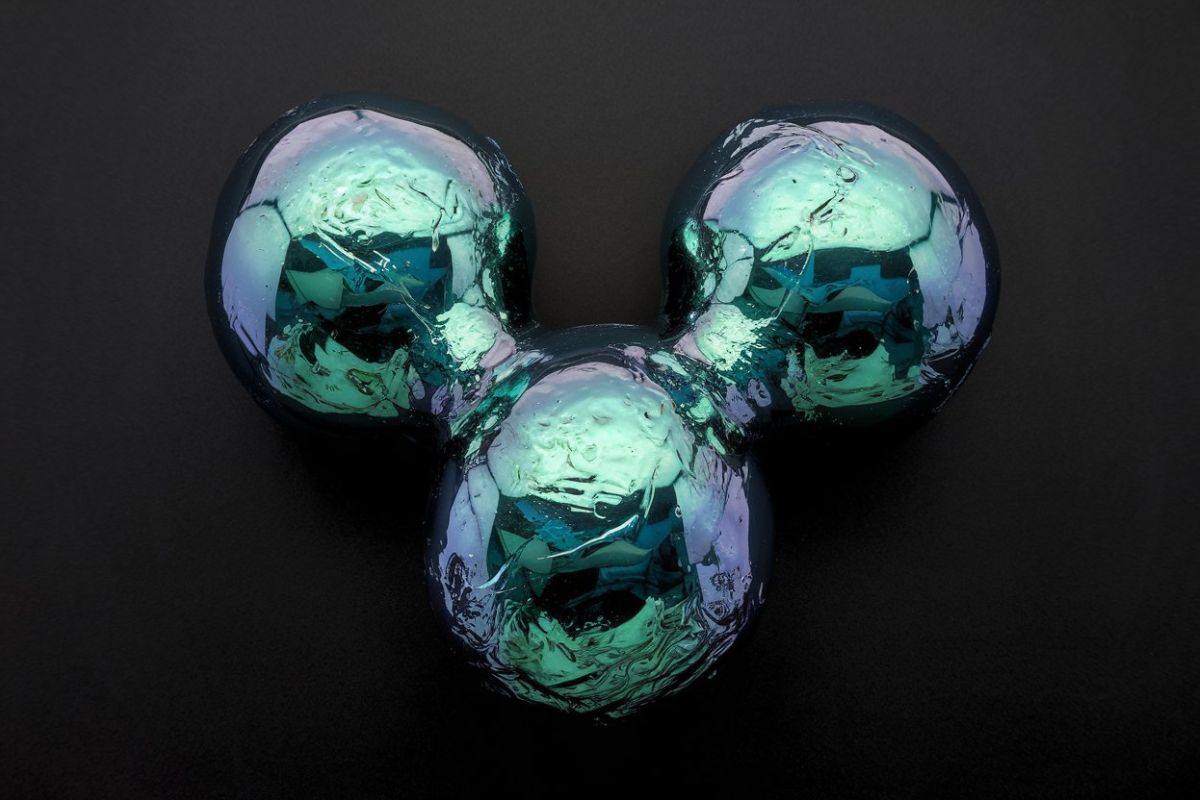
Plutonium–Gallium–Cobalt might sound like a mouthful, but these elements play a crucial role in modern science and technology. Plutonium is famous for its use in nuclear reactors and weapons, while Gallium is a key player in electronics, especially in semiconductors. Cobalt finds its place in batteries and superalloys. Together, they form a trio that impacts various industries and scientific research. Ever wondered how these elements interact or why they are so important? Understanding their properties and applications can shed light on their significance. Let's dive into 30 intriguing facts about Plutonium, Gallium, and Cobalt that will surprise you!
Key Takeaways:
- Plutonium–Gallium–Cobalt is a special alloy used in nuclear weapons, with gallium stabilizing plutonium and cobalt enhancing its strength. Safety protocols are crucial for handling this alloy to prevent radiation exposure.
- Plutonium, gallium, and cobalt combine to create a unique alloy with improved thermal conductivity and mechanical strength. This alloy is essential for maintaining the structural integrity of plutonium in various applications.
What is Plutonium–Gallium–Cobalt?
Plutonium–Gallium–Cobalt is an alloy that combines three elements: plutonium, gallium, and cobalt. This unique combination has specific properties and applications, particularly in nuclear science and materials engineering. Let's dive into some fascinating facts about this intriguing alloy.
Plutonium Facts
Plutonium is a radioactive element with significant historical and scientific importance. Here are some key points about plutonium:
- Plutonium was discovered in 1940 by scientists at the University of California, Berkeley.
- It is named after the dwarf planet Pluto.
- Plutonium-239 is a critical isotope used in nuclear reactors and weapons.
- This element is highly toxic and requires careful handling.
- Plutonium can exist in multiple oxidation states, ranging from +3 to +7.
- It has a silvery appearance but tarnishes quickly when exposed to air.
- Plutonium is primarily produced in nuclear reactors from uranium-238.
Gallium Facts
Gallium is a soft, silvery metal with unique properties that make it valuable in various applications. Here are some interesting facts about gallium:
- Gallium melts at just above room temperature, around 29.76°C (85.57°F).
- It was discovered by French chemist Paul-Émile Lecoq de Boisbaudran in 1875.
- Gallium is used in semiconductors and LEDs due to its excellent electronic properties.
- It can form alloys with most metals, including plutonium.
- Gallium is non-toxic and safe to handle in small amounts.
- This metal is often used in medical thermometers as a non-toxic alternative to mercury.
- Gallium can "wet" glass and porcelain, sticking to their surfaces.
Cobalt Facts
Cobalt is a hard, lustrous metal known for its vibrant blue color in compounds. Here are some notable facts about cobalt:
- Cobalt was discovered by Swedish chemist Georg Brandt in 1735.
- It is essential for producing high-strength alloys and superalloys.
- Cobalt-60, a radioactive isotope, is used in medical treatments and industrial radiography.
- This element is a key component in rechargeable batteries, including those in electric vehicles.
- Cobalt compounds are used to produce blue pigments for ceramics and glass.
- It is naturally found in minerals like cobaltite and erythrite.
- Cobalt is vital for human health, as it is a part of vitamin B12.
Plutonium–Gallium–Cobalt Alloy Facts
Combining plutonium, gallium, and cobalt creates an alloy with unique properties. Here are some facts about this specific alloy:
- The addition of gallium to plutonium stabilizes its δ-phase at room temperature.
- Cobalt enhances the alloy's corrosion resistance and mechanical strength.
- This alloy is used in nuclear weapons to improve the stability and performance of plutonium cores.
- Plutonium–Gallium–Cobalt alloys have better thermal conductivity than pure plutonium.
- The alloy's properties can be fine-tuned by adjusting the proportions of gallium and cobalt.
- It is crucial for maintaining the structural integrity of plutonium in various applications.
- Research on this alloy helps improve the safety and efficiency of nuclear materials.
Applications and Safety
Understanding the applications and safety measures for handling Plutonium–Gallium–Cobalt is essential. Here are some final facts:
- This alloy is primarily used in the defense industry for nuclear weapons.
- Handling and storage of Plutonium–Gallium–Cobalt require strict safety protocols to prevent radiation exposure and contamination.
Final Thoughts on Plutonium–Gallium–Cobalt
Plutonium–Gallium–Cobalt alloys are fascinating. They play a crucial role in nuclear technology, especially in weapons and reactors. Their unique properties, like stability and resistance to corrosion, make them invaluable. Understanding these alloys helps us appreciate the complexity of nuclear science.
Scientists continue to study them to improve safety and efficiency in nuclear applications. This ongoing research could lead to advancements in energy production and national security.
Knowing these facts about Plutonium–Gallium–Cobalt alloys not only broadens our knowledge but also highlights the importance of scientific innovation. As we move forward, the insights gained from studying these materials will undoubtedly shape future technologies.
Stay curious and keep exploring the wonders of science. The world of elements and alloys holds endless possibilities waiting to be discovered.
Frequently Asked Questions
Was this page helpful?
Our commitment to delivering trustworthy and engaging content is at the heart of what we do. Each fact on our site is contributed by real users like you, bringing a wealth of diverse insights and information. To ensure the highest standards of accuracy and reliability, our dedicated editors meticulously review each submission. This process guarantees that the facts we share are not only fascinating but also credible. Trust in our commitment to quality and authenticity as you explore and learn with us.
